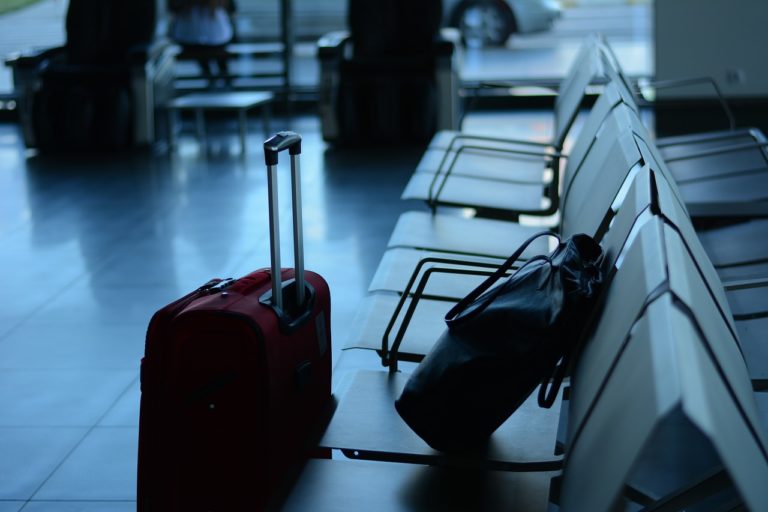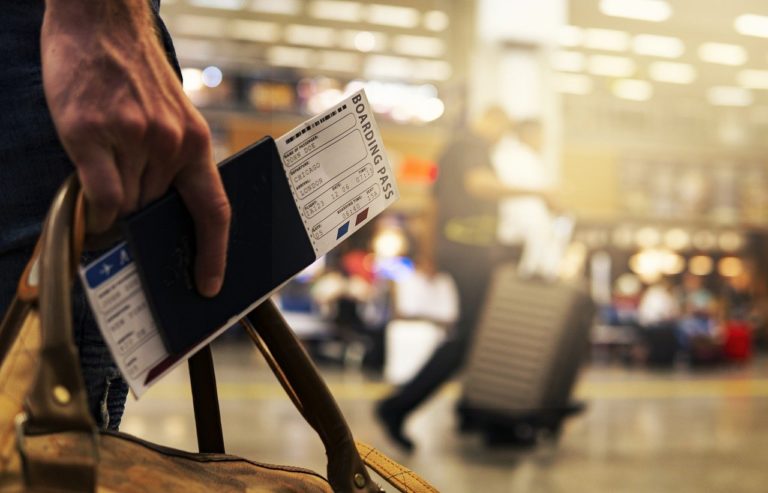As the country continues to open back up, many business owners and entrepreneurs may see the need to become mobile again. Unlike personal travel, business travel expenses could help business owners to maximize their tax deductions. To understand the many ways in which proper planning can help business owners, let’s first define “business travel expenses.”
Business Travel Expenses Defined
According to the IRS, business travel expenses are the ordinary and necessary expenses of traveling away from your tax home for your business, profession, or job. To elaborate further, you are traveling from home if your duties require you to be away from the general area of your tax home for a period substantially longer than an ordinary day’s work, and you need to get sleep or rest to meet the demands of your work while you’re away.
An important factor in determining the eligibility of your business trips is the classification of your “tax home.” Your tax home is the entire city or general area where your main place of business or work is located, regardless of where you maintain your family home.

- For example, if you live with your family in Texas but work in California during the weekdays and return to Texas every other weekend, your travel expenses to and from California will not be considered deductible.
Here's Why:
- Because you work in California during the week, where you also dine and sleep, it is considered your tax home, therefore those expenses are not deductible.
- Your travel back and forth to Texas is not business-related so it is also not deductible.
- If you tend to work in more than one place, your tax home is the general area where your main place of business is located, which in this case would be California.
In determining your main place of business, you should consider the length of time you normally spend at each location for business purposes.
- For example, if you incur or pay travel expenses in connection with a temporary work assignment away from your tax home, those expenses can be deducted since it was for a short and definite length of time.
However, you can’t deduct travel expenses that you incur or pay in connection with an indefinite work assignment. For reference, any work assignment over one year is considered indefinite.
Deductible Travel Expenses
Deductible travel expenses while away from home include, but aren’t limited to, the costs of:
- Travel by airplane, train, bus, or car between home and your business destination
- Fares for taxis or other types of transportation between
- the airport or train station and your hotel
- the hotel and the work location of your customers or clients, your business meeting place, or your temporary work location
- Shipping of baggage, and sample or display material between your regular and temporary work locations
- Using your car while at your business destination
- Lodging and non-entertainment-related meals
- Dry cleaning and laundry
- Business calls while on your business trip
- Tips you pay for services related to any of these expenses
For meal expenses, rather than keeping records and deducting the actual costs, you can generally use the standard meal allowance, which varies depending on where you travel. Generally, these meals are limited to 50% of the unreimbursed cost. However, beginning December 31, 2020, through January 1, 2023, these meals are 100% deductible.

Using Your Vehicle For Travel
Additionally, if you plan on using your car while traveling for business, the IRS offers two options for calculating the cost of using your vehicle:
1. The Actual Expenses method or
2. Standard Mileage method
When using the actual expenses method, sum up the total amount spent on operating the vehicle and multiply it by the percentage of the vehicle’s business use.
- For Example, if you spent $5,550 in total vehicle operation expense, and over 60% of the miles that you drove were for business, you will multiply the total expenses by 60%. (e.g. $5,550 x .60 = $3,330)
On the other hand, the standard mileage method is much simpler. It only requires you to keep track of your mileage for the tax year. Once you have determined your business mileage for the year, you will only need to multiply by the standard mileage rate to get your deduction.
- For example, if you drove your vehicle over 3,000 miles for business, multiply by $0.56 to get the 2021 mileage deduction. (e.g. 3,000 miles x $0.56 standard rate for 2021 = $1,680)
Tip: record your car’s odometer at the beginning of each year and compare it to the year-end read to know how many miles you drove during the year.
It is worth noting that while the actual expense method may produce a larger tax deduction one year, the standard mileage method may produce a larger deduction the next. Therefore, business owners should always calculate their deduction under both methods and choose the method that leads to the larger deduction for that year.
What About Foreign Travels
When talking about business travel, we cannot ignore foreign travel expenses. Foreign travel expenses are fully deductible if 100% of the time abroad is allocated to the business. Things can quickly become complicated as you begin to allocate your time abroad to personal purposes. Business owners who plan to spend part of their time abroad engaging in personal activities will need to allocate their travel expenses proportionately by the number of days spent on those personal activities during the trip.
Where To Deduct These Expenses
For sole proprietors and single-member LLCs, these expenses are reported in the “Expenses” section of Schedule C on Form 1040. And, for partnerships and multiple-member LLCs, these expenses are reported in the “Deductions” section of Form 1065.
Record Keeping
In conclusion, good records are essential because they make it easier to prepare your business tax returns and help provide answers if your return gets chosen for examination by the IRS. By maintaining proper records of business travel expenses, you can ensure that you are maximizing the benefit of your business travel while avoiding any undue stress of having to locate records of your business trips later down the line.




Great Blog!
Thank you for sharing this valuable information. I look forward to implementing some of these tips for my business travels.
Pingback: Understanding the Difference Between Tax Avoidance And Tax Evasion - Tax Tips With A CPA